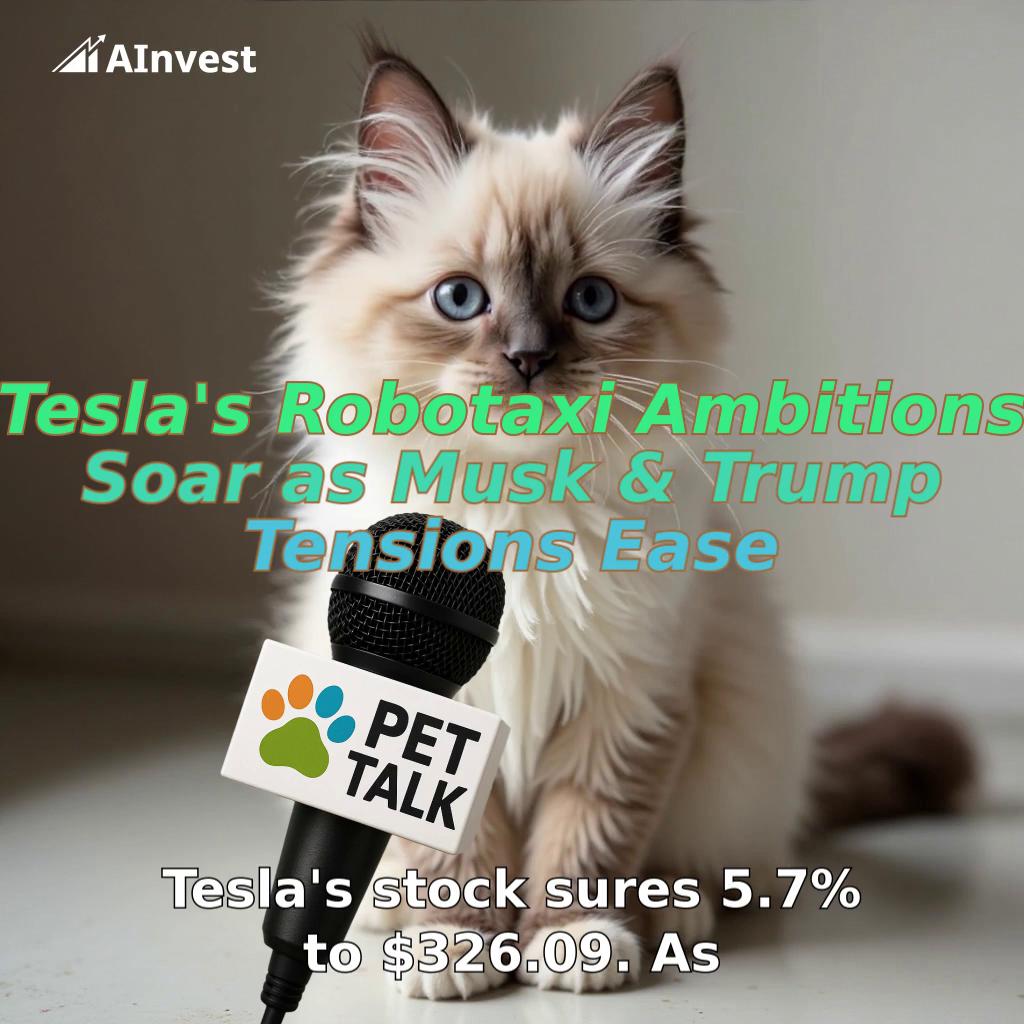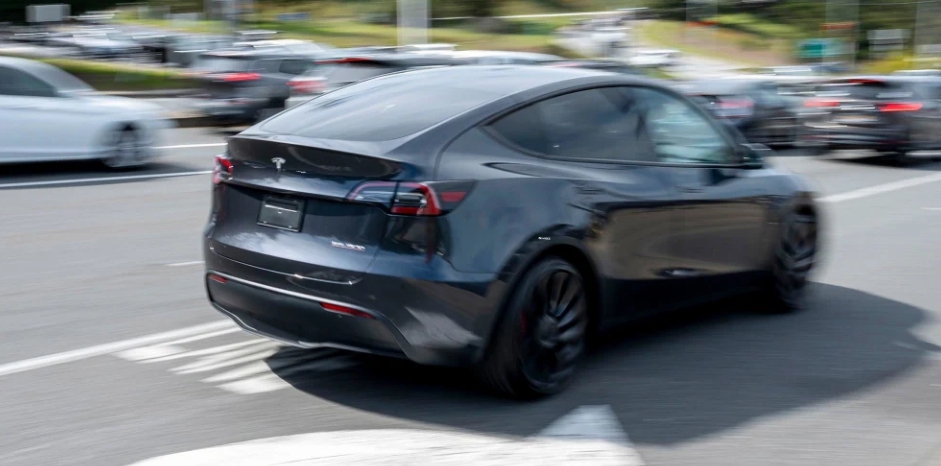Why Tesla’s Stock Is Surging Amid Musk’s Political Exit and Robotaxi Hopes
Tesla’s stock (TSLA) has rallied nearly 7% in the week following its first-quarter 2025 earnings report, defying earlier concerns over declining sales and geopolitical risks. The rebound underscores a critical pivot: Elon Musk’s decision to scale back his controversial political role and refocus on Tesla’s core operations. Let’s unpack the factors driving this surge—and whether the gains can endure.
The Catalyst: Musk Steps Back from DOGE
At the heart of Tesla’s recent gains is Musk’s announcement that he will reduce his involvement with the Department of Government Efficiency (DOGE), a Trump administration initiative he co-founded. Musk, who had dedicated significant time to political advocacy—including spending $300 million on Trump’s 2024 campaign—will now limit government duties to “a day or two per week.”
This shift addressed a major investor concern: Musk’s political distractions had eroded Tesla’s brand equity. His alignment with far-right movements and vocal support for policies like tariffs on Chinese imports had sparked consumer backlash, contributing to a 44% year-to-date stock decline prior to the earnings report.

Analysts like Wedbush’s Dan Ives viewed this as a turning point. “Ending the ‘volatile political chapter’ removes a key overhang,” Ives noted, calling Musk’s refocus a “critical off ramp” for Tesla’s leadership stability.
Earnings Miss, But Bulls See Silver Linings
Tesla’s Q1 results were lackluster: revenue fell 9% to $19.34 billion, while deliveries dropped 13% to 336,681 vehicles. Gross margins shrank to 16.3%, and EPS of $0.27 missed estimates by 15 cents. Yet, shares surged 7% post-earnings, with the stock hitting an intraday high of $259.45 on April 23.
Investors brushed off the misses, focusing instead on Musk’s renewed commitment and near-term catalysts like the Robotaxi rollout in June. The autonomous taxi service—hyped as a $1 trillion market opportunity—could offset Tesla’s declining sales in key markets like China (-21.8%) and Germany (-62%), where rival EVs like Ford’s F-150 Lightning and GM’s Hummer EV are gaining traction.
The Bigger Picture: Risks and Opportunities
While the stock’s short-term bounce is clear, long-term challenges remain:
- Trade Policy Uncertainty: Proposed tariffs on Mexican and Chinese components—critical to Tesla’s supply chain—threaten margins. Musk has publicly clashed with Trump’s trade advisor, Peter Navarro, but tariff exemptions for Chinese equipment may mitigate some risks.
- Competitive Pressure: Tesla’s global market share is shrinking as rivals close performance gaps. Ford’s EV sales rose 11.5% in Q1, while GM’s Chevrolet EV sales surged 114%. Tesla’s 9% annual sales decline contrasts sharply with the EV sector’s 11% growth.
- Brand Rebuilding: Musk’s political baggage hasn’t vanished. Protests against his far-right ties and Tesla’s ties to DOGE continue, but reduced involvement may slow reputational damage.
Conclusion: A Bumpy Road Ahead, But Momentum Is Building
Tesla’s stock surge reflects investor optimism that Musk’s pivot to Tesla will reignite innovation and execution. The Robotaxi rollout, Model Y upgrades, and robotic manufacturing advances (like Optimus) offer tangible growth avenues. However, Tesla must navigate geopolitical risks and competitive threats to sustain momentum.
The data paints a mixed but hopeful picture:
- Stock price: Up 2% to $255.90 by April 26, with post-earnings volatility underscoring investor skepticism.
- Volume spikes: Trading volumes hit 212 million shares on April 2, suggesting speculative interest remains high.
- Analyst sentiment: While bulls like Ives see a “turning point,” bears warn that Tesla’s 44% YTD decline reflects deeper structural issues.
In the short term, Tesla’s stock is riding Musk’s refocus and Robotaxi hopes. For a sustained rally, though, execution—on supply chains, sales, and autonomous tech—will be key.
Data sources: Tesla earnings reports, analyst notes, and stock price tracking via Fusion Media.

_183e5bc31749756677125.jpeg)








